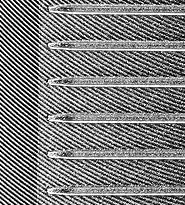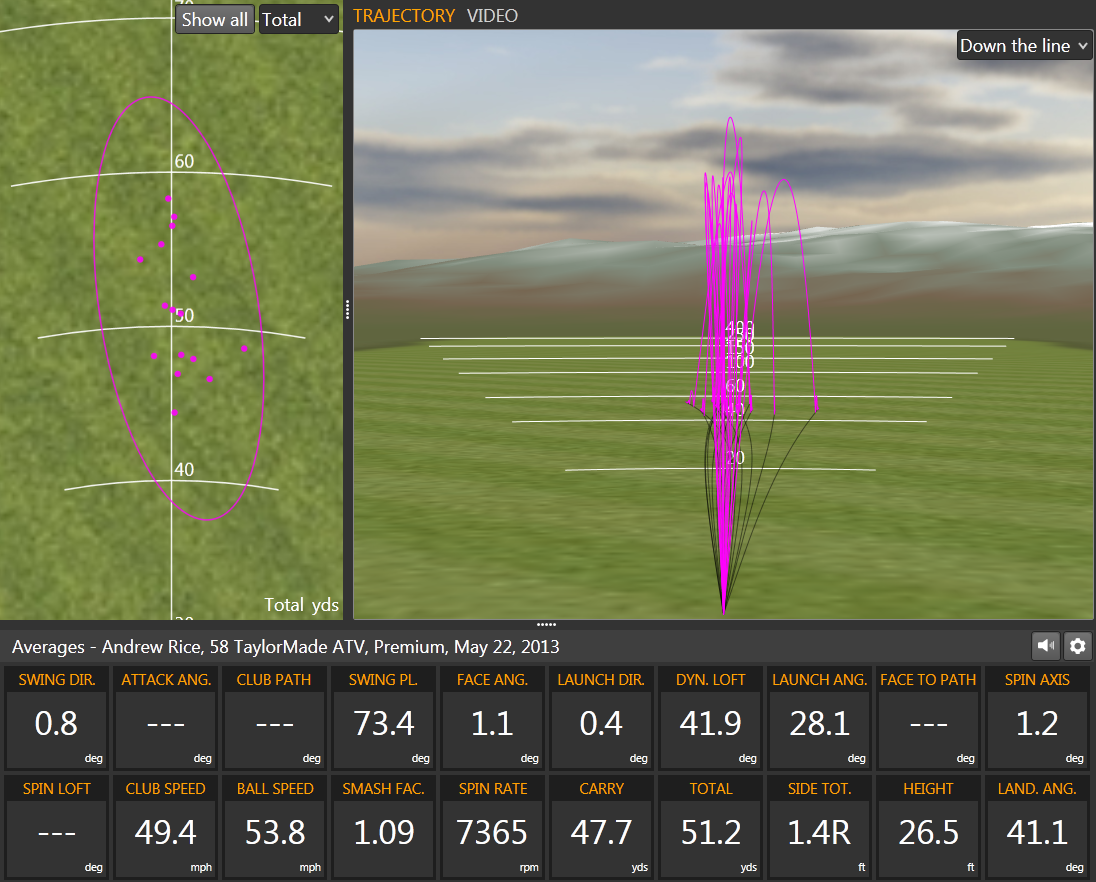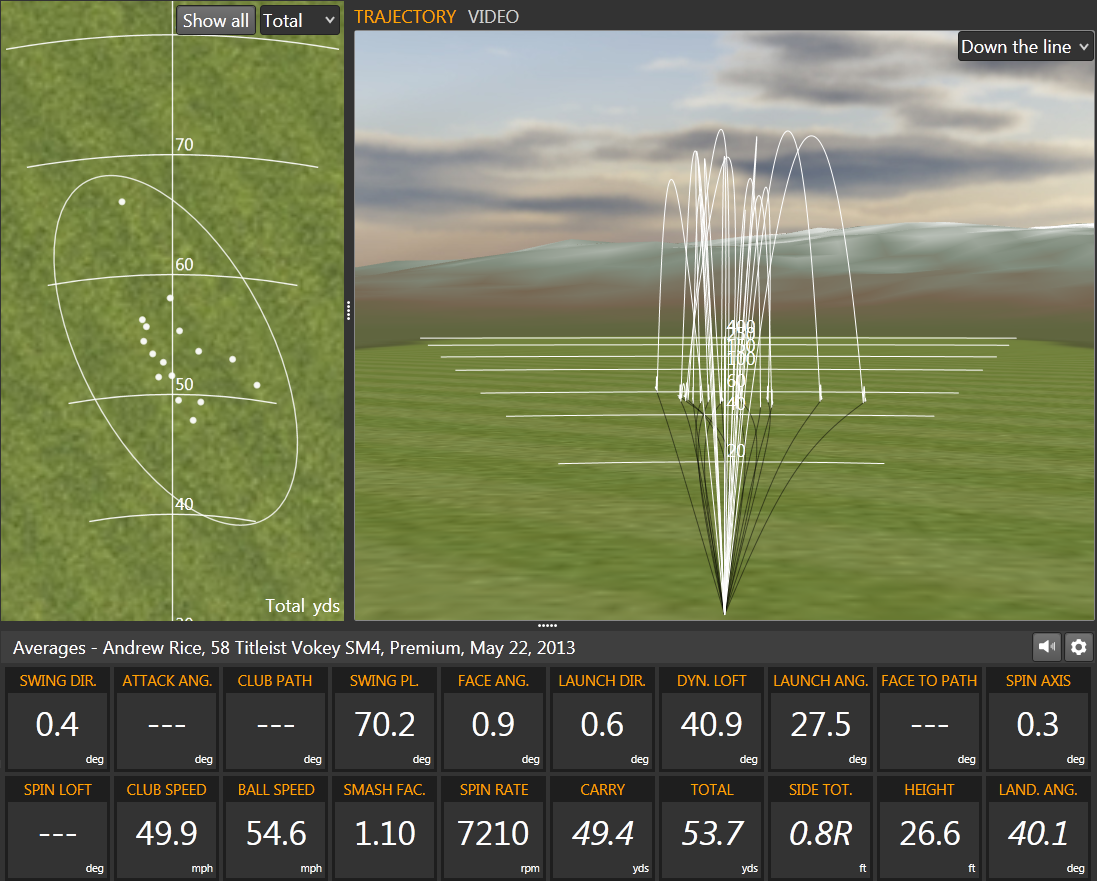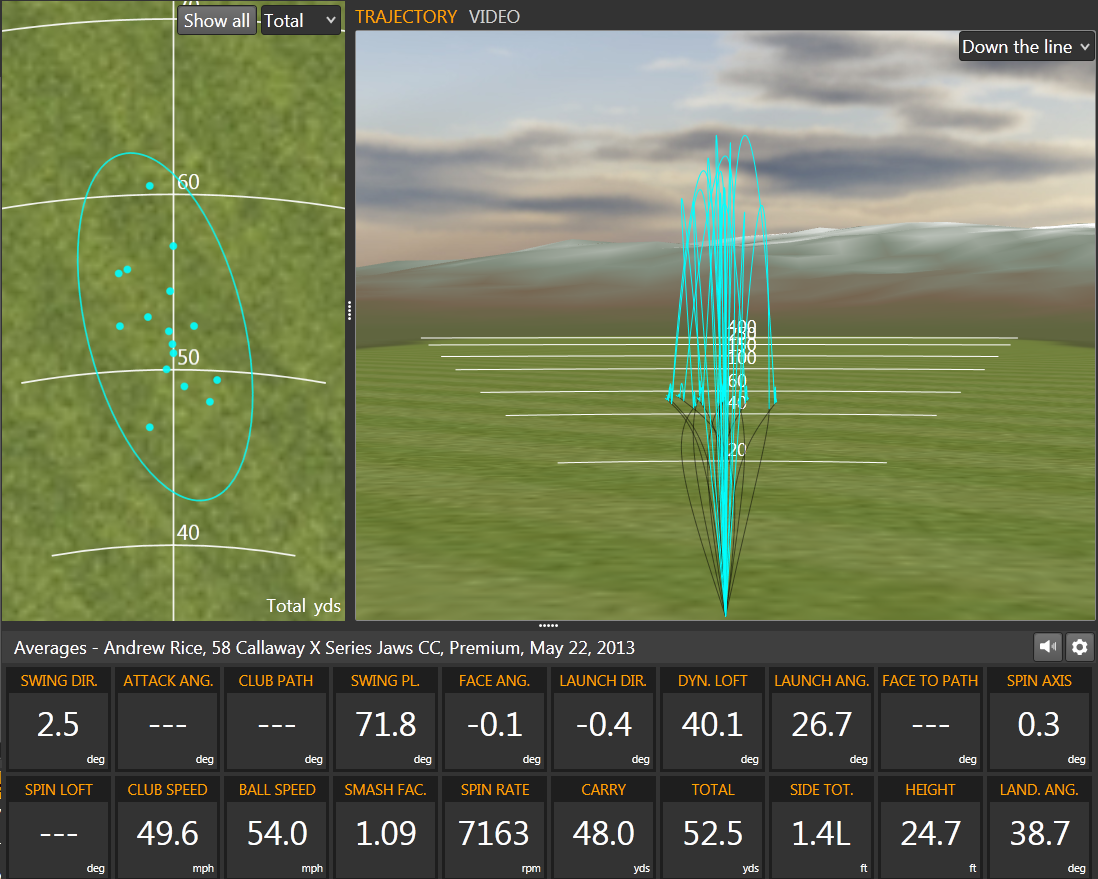Spinning the Wedges - Friction
/The kingpin when it comes to generating spin is friction. You can have everything set up perfectly to create huge backspin, but if you don't have friction it's not going to happen. Now keep in mind friction is a big piece of the puzzle, but it's still only a piece of the puzzle.
Simply put, you can elevate friction between the clubface and the cover of the ball by eliminating any matter that could possibly get trapped between the two. The questions are how do we do this and what do we have control over?
Friction is primarily influenced by two factors - equipment and matter. Matter is anything that might get caught between the face and the ball. Let's have a look at what we can do...
Items we can control:
- The quality of the wedges we use. If you're looking to generate more spin you simply must use what I refer to as 'professional grade' wedges that are NOT an extension of your set.
- Play with a premium ball as it will make a tangible difference in the amount of spin you can generate. And premium is code for EXPENSIVE. Spend the money and you'll be rewarded.
- Replace worn out wedges and please stop using your great-grandfathers Spalding wedge - there is not a hint of a groove left. Grooves don't make as much difference as you might think (off the fairway) but remember that we're looking to increase spin here.
- When practicing, and especially when playing, make sure your equipment is clean and the face is dry. Moisture or what I call 'green slime' built up on the face will make it almost impossible to hit a high spin pitch.
- Left over sand from an earlier bunker shot has been known to increase the friction between the face and the ball. As a result I never clean my club after playing a sand shot - the next time I use that club I might need a low spinner.
Items we cannot control:
- Don't tell anybody, but sometimes from a perfect lie in the fairway matter (moisture, grass or dirt) will still get trapped between the face and the ball. That's due to the fact that the sole of the club will almost always contact the ground before the ball (shhh!). Yes, even on those perfectly nipped ones! When the club contacts the grass it can sometimes kick up blades and that will interrupt grip between the face and the ball.
- Dewy mornings. If you're playing early in the AM the grass is often wet and there's nothing you can do about it. Your pitches and chips will always launch higher and spin less when water is reducing grip.
- Lies in the rough. Keep the ball in the fairway and you'll be able to spin it more. That's an easy one.
Thanks for checking in and keep an eye out for my next episode in this series on Spinning the Wedges when I talk about Spin Loft.
Catch up on my introduction to Spinning the Wedges HERE
This free website's biggest source of support is when you decide to call to book a lesson or golf school. You can contact me HERE. If you live in another state or country please consider making a purchase HERE or HERE. It will help your game and it will help me to keep adding to this free website. Thanks again for your support! Andrew.














